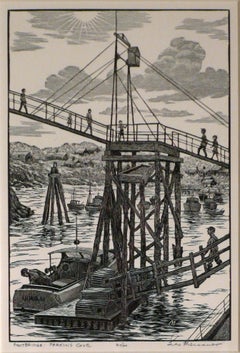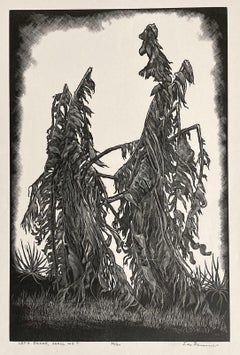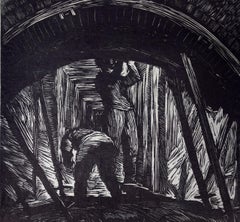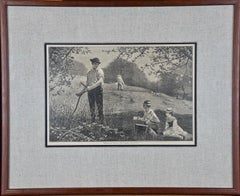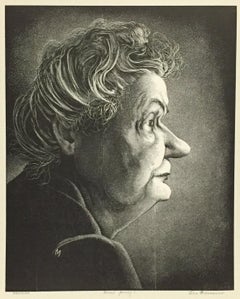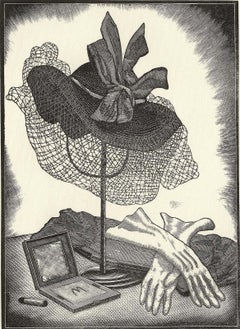Leo Meissner Art
Leo Meissner was a member of the Society of American Graphic Artists, Boston Printmakers, the Prairie Print Makers, Audubon Artists, the Philadelphia Print Club and a full Academician of the National Academy of Design. His graphic art received awards from the Southern Printmakers (1937 and 1938), the Detroit Institute of Art (1943 and 1945) and the Library of Congress (1943 and 1945). Today his original wood engravings and woodcuts are included in the following collections; the Metropolitan Museum of Art, the New York Public Library, Baltimore Museum of Art, the Library of Congress, the University of Maine Museum of Art, and the Philadelphia Museum of Art.
1940s Leo Meissner Art
Woodcut
Mid-20th Century Modern Leo Meissner Art
Woodcut
1930s Leo Meissner Art
Woodcut
1870s American Impressionist Leo Meissner Art
Engraving, Woodcut
1970s Modern Leo Meissner Art
Woodcut
Mid-20th Century Modern Leo Meissner Art
Woodcut, Lithograph
1950s Modern Leo Meissner Art
Paper, Woodcut
Late 19th Century Naturalistic Leo Meissner Art
Woodcut
1930s Modern Leo Meissner Art
Woodcut
1870s American Impressionist Leo Meissner Art
Engraving, Woodcut
1960s American Modern Leo Meissner Art
Paper, Woodcut
1910s Fauvist Leo Meissner Art
Woodcut
1890s Modern Leo Meissner Art
Woodcut
1920s Modern Leo Meissner Art
Woodcut
Mid-20th Century Modern Leo Meissner Art
Woodcut
1940s American Modern Leo Meissner Art
Wood, Engraving
1930s Leo Meissner Art
Woodcut
1940s Leo Meissner Art
Woodcut
